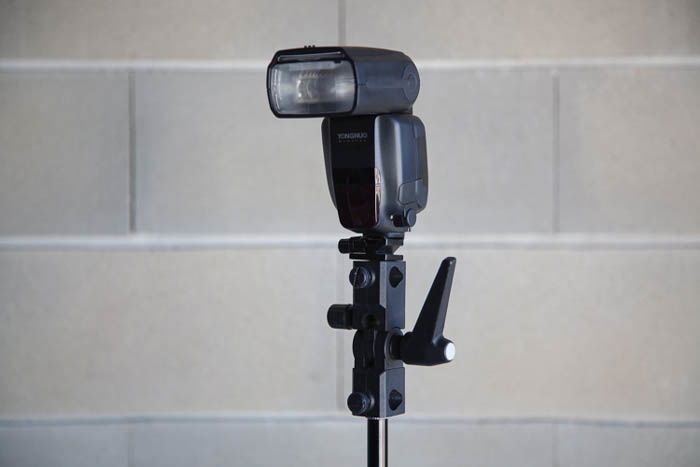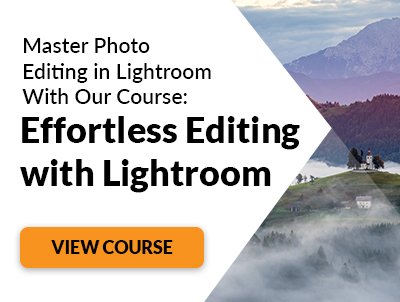The right lighting equipment for photography is crucial. Natural light can only get you so far, so maybe it is time to step up your lighting game and invest in some good light kit or lighting equipment.
In this article, we will show you how to choose the right lighting equipment to start with, all without breaking the bank. These lights are for an amateur or a professional photographer wanting to upgrade your craft with lighting systems.
Lighting Equipment for Photography—Where to Start
Incandescent, fluorescent, LED and flash are the main kinds of artificial light sources used in photography.
These lighting setups range from studio AC-powered equipment to portable equipment that runs on AA batteries. They all output different ranges of light power.
All of them have pros and cons. You need to decide on the key factors of your type of photography and choose your lighting gear accordingly.
What Are Your Lighting Equipment Options
Incandescent bulbs
These generate light by running electricity through a tungsten filament until it starts to glow. They produce color temperatures ranging from 3000 to 3400 K.
 Pros:
Pros:
- High brightness index
- Inexpensive light bulbs
- Focused light
Cons:
- Dangerously high temperatures
- Short life span due to filament sensitivity
- High power consumption
Fluorescent—Photo Compact Fluorescent Light (CFL)
These generate light by running electricity through a tube containing argon and a small amount of mercury vapor. It creates invisible ultraviolet light. This excites a fluorescent coating called phosphor on the inside of the tube and emits visible light.

Pros:
- Low power consumption
- Low temperature
- Long life span
Cons:
- Soft light
- Expensive bulbs
- Low brightness index
LEDs (Light Emitting Diodes)
LEDs use semiconductors and electroluminescence to create light. They are small diodes that do not get hot and work because of the constant movement of the electrons located in the semiconductor material.
 Pros:
Pros:
- Low power consumption
- Low temperature
- Long life span (durable and shockproof, unlike glass bulbs)
- Directional light
Cons:
- Soft light
- Made out of expensive materials
- Reduced lumen output over time
Flash Bulbs
They generate light by applying a high voltage pulse to both ends of the bulb. This creates a spark between two electrodes that excite the xenon gas inside the bulb. It produces a white brilliant light that is daylight color temperature.

Studio strobes and Speedlights are variations of the same light technology. But studio strobes are large units that require AC power. Strobe lighting is usually used in studios, while Speedlights are small, relatively lightweight units powered by AA batteries that are usually mounted on the top of the camera.
 Pros:
Pros:
- High power light output
- Daylight color temperature
- Produce directional light
Cons:
- Expensive
- Fragile bulbs
- Hard to plan the light composition
Considerations
Taking all these pros and cons into consideration, it all boils down to this:
- Incandescent lights are cheap, but they get really hot and are banned from some countries due to their energy inefficiency.
- Fluorescent lights are expensive and, even though they don’t get hot, you need more than one bulb to get close to the light power you get out of incandescent bulbs.
- LEDs are a new and evolving light technology that do not need much power to work and can be color controlled.
- Flash has high-power light output and controlled daylight color temperature.
Good equipment choices for beginners

So if you are starting out, the best choice would be LEDs for situations that require continuous light and Speedlights for flash photography. These will cover most lighting situations and give you control with modifiers that will shape the light according to your needs.
Here you have a few pieces of lighting equipment for photography that would be ideal for beginners.
Light Units
Yongnuo YN360 Light Wand
This light wand combines 40 full color RGB lamps, 160 LEDs with a color temperature of 3200K, and 160 LEDs with a temp of 5500K. You can remotely adjust colors through a smartphone app. You either select from a provided color palette, or adjust it manually to create your own preferred colors.
It’s a great product for the price, allowing control of light and portability for situations when you need light on the spot.
Yongnuo YN600EX-RT
The YN600EX-RT is a cheaper clone of the Canon 600EX-RT Speedlight. This unit is a great option for beginners compared to its Canon counterpart and the fact that it has a built-in radio system.
It’s a great option for off camera flash photography with TTL or manual power control of different channels through another master flash unit, or the YN-E3-RT controller mounted on the camera.
Essential Accessories

Manfrotto 5001B 74-Inch Nano Stand
This is the smallest light stand made by Manfrotto and is probably the best choice for beginners due to its small size and portability.
Manfrotto 026 Swivel Lite-Tite Umbrella Adapter
This adapter allows the connection of light units and umbrellas to the stand with swivel control.
Westcott 45-Inch Optical White Satin with Removable Black Cover Umbrella
Speedlights are like bare bulb flashes, and are considered harsh lights. If you want to diffuse them, you need some modifiers.
A shoot through umbrella is a nice and affordable way to start to control your off camera
Flash Honey Comb Grid
This accessory allows the control of the Speedlight’s light spread. It’s a good and affordable choice when you want to produce a controlled light spot.
Flash Gels Filter Kit
Colored filters, or gels, are used on accent lights, or to add color to backgrounds or selected portions of a scene for artistic effect.
Most common uses of color filters are to convert the color temperature of tungsten light toward daylight, known as CTB (Color Temperature Blue). CTO (Color Temperature Orange) is used to convert daylight light sources toward the color temperature of tungsten lights.
With flash light, these correction filters are typically used to adjust the color temperature to better match other light sources. This improves the overall color balance of an image.
Flash Filter Holder
Even though you can hold color filters in front of the speedlight with duct tape, most speedlights generate high temperatures when fired at full power. A flash holder will help you avoid damaging the filters or the Speedlight unit itself.
There are many affordable options for flash filter holders on the market, so you should always consider one that is compatible with your speed light head size and shape.
Conclusion
This lighting equipment for photography doesn’t compare to professional studio lighting. But it’s a great place to start if you want to improve the quality of light in your pictures.
Different photographic situations require different lighting kits. These choices allow you to have a small light arsenal. You can combine and modify them in many ways and get creative to achieve great lighting.
Portability and ease of assembly/disassembly are also key factors when it comes to equipment. Small, lightweight, and battery-operated gear allows a lot of freedom and mobility.
New LED technologies and Speedlight units with built-in radio triggers are one of the most significant breakthroughs for photographic lighting equipment. This makes lighting gear affordable and accessible for all photographers, but especially beginners.
Continuous and flash lighting require different camera settings and light control. The mix of these two light sources requires some knowledge regarding color temperature, flash duration, sync speed, motion drag/freeze, and lots of other considerations that will make you learn while you experiment.
The possibilities are endless. It might look like this setup is just an LED wand, a Speedlight, and a few accessories. But you produce amazing results with just these simple pieces of equipment.
Give it a try, you might be surprised.

